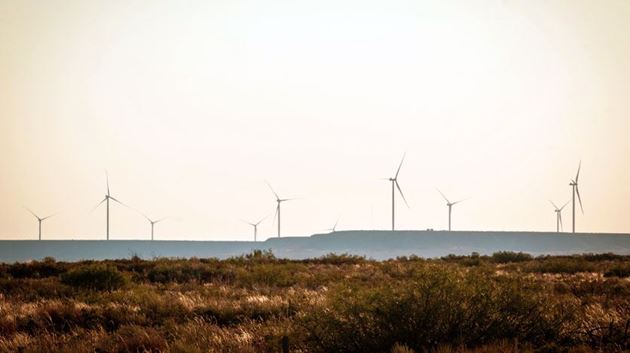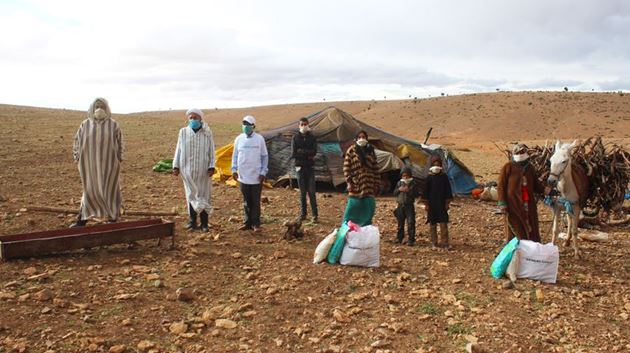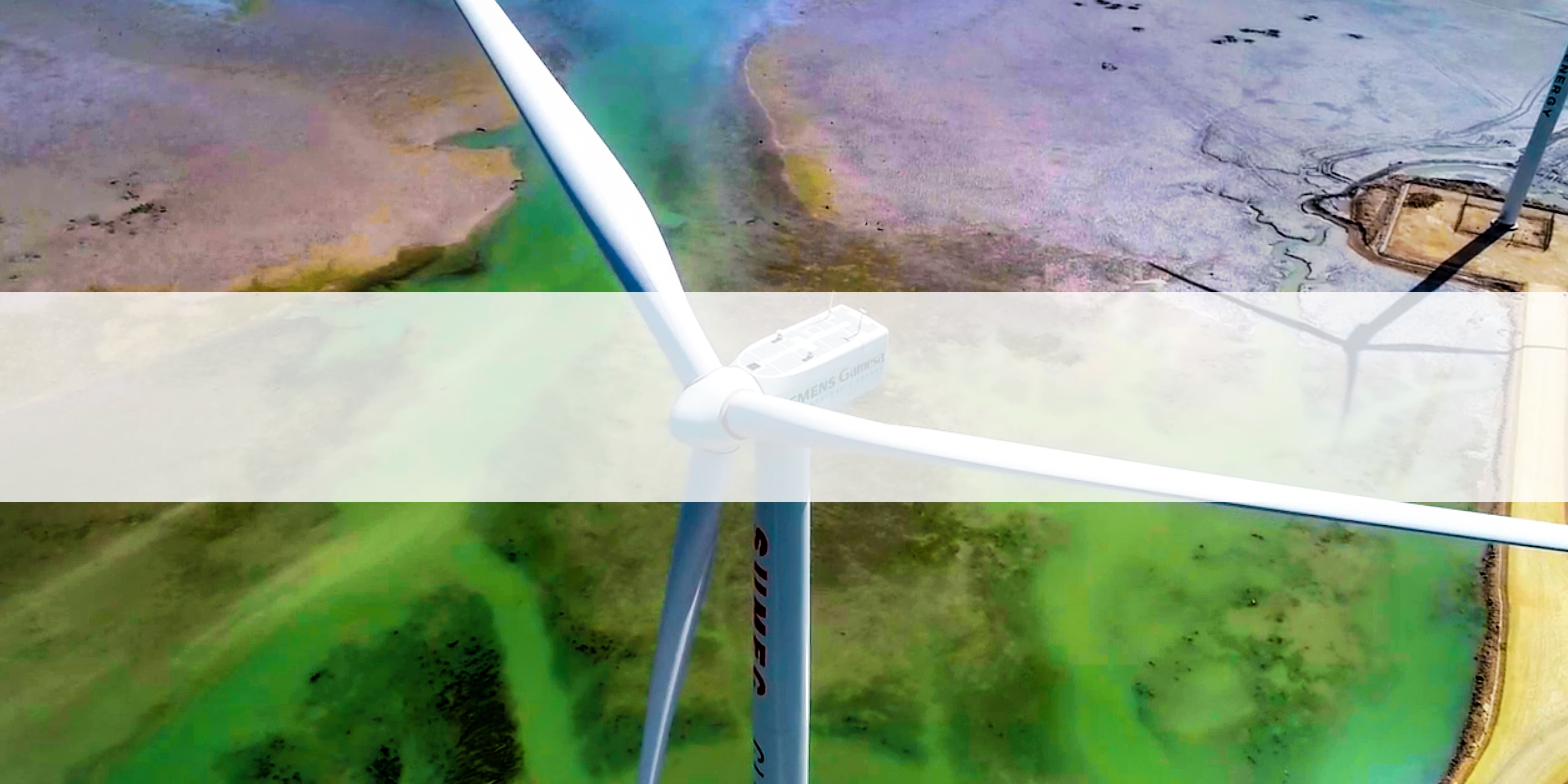
Pakistan: Bridging the energy gap with wind
Beijing / 15 October 2020
A yawning gap in the supply and demand for electricity has led Pakistan to set an ambitious goal: to generate 30% of its power from modern renewable sources by 2030. Zephyr Power, an Independent Power Producer, embarked on that journey and entrusted its first 50-MW wind project at Gharo to Siemens Gamesa. This debut has set several performance benchmarks and demonstrated that the right technology is key to ensuring wind works in the nascent Pakistani renewable energy market.
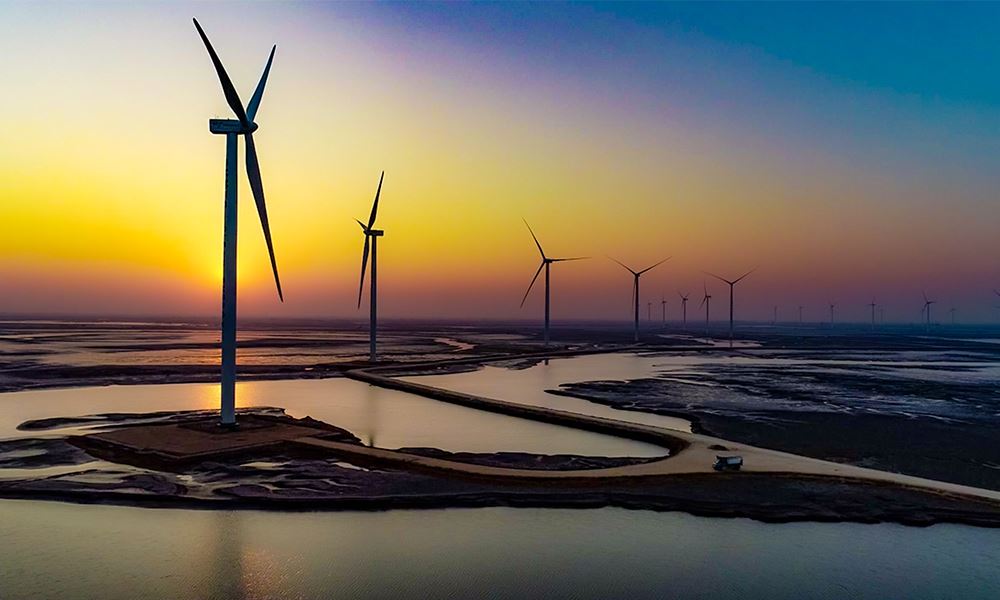
Through this newly created company, the Khaleelis won the right to develop a 50-MW wind project in Gharo, near Karachi. This was a complex project and, to ensure it was executed successfully, it was important to rely on experienced players and that’s why they turned to Siemens Gamesa as the technology partner.
Zephyr Power's grit to deliver clean energy and Siemens Gamesa's meticulous approach resulted in Pakistan's best performing wind farm, leading annual energy production at 190GWh, with less stoppage.
The project in Gharo was located near the sea, with strong waves during high tide, potentially washing out a road completely. In addition, temperatures rising to 45⁰C and humidity of up to 90% had degraded the performance of some other wind projects in Pakistan. Moreover, frequent voltage fluctuations in the grid could trip the wind turbines. All this added to the project’s complexity.
“In addition to constructing an internal road network between the turbines, we supported Zephyr to build a road connecting to a public road eight kilometers away. Construction during low tide meant no washouts, and the construction schedule was met,” notes Abdul Noonari, Operations and Maintenance Manager, Siemens Gamesa in Pakistan. “To resolve potential issues from extreme weather and grid instability, it was crucial to get the products specifications right. Lower power rating meant lesser stress on the ventilation and cooling systems. Special care was also needed to ensure the convertors were stable.”
“Our recommendation factored in everything - the practicalities of availability, capacity, temperature and cost efficiencies,” adds Abdul. “In this class of wind turbines, the Siemens Gamesa 2.X is the most efficient, with greater yield and the best performance.”
Since it became operational in 2019, the Zephyr wind farm has earned a reputation among Pakistan’s wind developers for its outstanding performance on several counts:
- Leader in annual energy production – 190GWh
- Highest annual capacity factor more than 43%
- Best performance in high-dust, high-temperature seaside area
“At Zephyr Power, we were confident to opt for the Siemens Gamesa 2.X platform to be the best turbine for our first wind project, thanks to its track record worldwide and its comparable energy production with other turbines available in the market. The Siemens Gamesa team delivered an exemplary project that is running extremely well at 99.5% availability,” said Kumayl Khaleeli, CEO of Zephyr Power Limited.
The customer’s positive feedback has, undoubtedly, contributed to Siemens Gamesa’s later project wins. The company is supporting eight of the 11 new projects announced by Pakistan’s Alternative Energy Development Board, and will install and commission 205 units of Siemens Gamesa 2.X turbines with a total capacity of 410 MW.
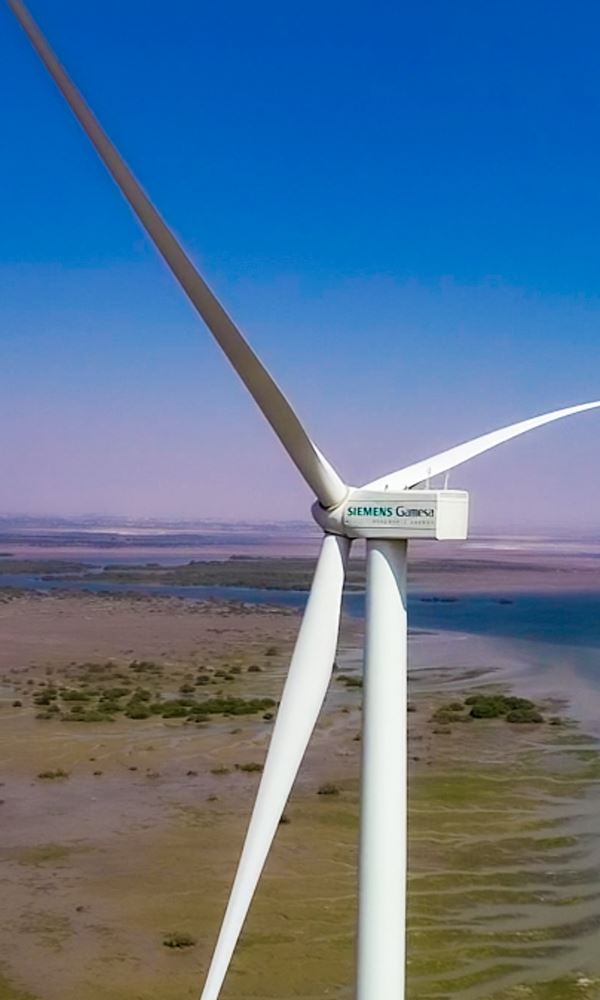
To reinforce its commitment to the market, Siemens Gamesa has also increased its presence and team in the country to support project execution and services.
The successful partnership between Siemens Gamesa and Zephyr has proved that wind power not only contributes to reducing CO2 emissions, it can also be a way to bring safe, reliable and affordable power to new corners of the world where other sources cannot reach, boosting economic growth for millions.


